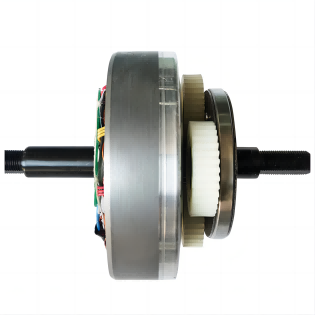I got myself a kt36/48svprd-hrd01, 36/48V 20A max controller and a 36V 500W rear motor hub (with shimano gears).
As I want to increase range I'm thinking about upgrading from 36V/15Ah to 48V/25Ah. Would it work, or is the controller too powerful for my 500W motor that is rated for 36V? I'm mostly worried about uphill and so on where the load increases. I don't want to accidentally burn the motor while riding my bike one day.
If so, would it be better to downgrade to a 17A 350W KT controller but running it at 48V? Or can my 500W/36V handle 20A/48V?
As long as I reach a minimum 20mph (~32km/h) I'm happy, I'm mostly interested in range rather than top speed.
48*17 = 816W (17A KT controller 350W)
36*20 = 720W (currently have)
48*20 = 960W (same but at 48V)
As I want to increase range I'm thinking about upgrading from 36V/15Ah to 48V/25Ah. Would it work, or is the controller too powerful for my 500W motor that is rated for 36V? I'm mostly worried about uphill and so on where the load increases. I don't want to accidentally burn the motor while riding my bike one day.
If so, would it be better to downgrade to a 17A 350W KT controller but running it at 48V? Or can my 500W/36V handle 20A/48V?
As long as I reach a minimum 20mph (~32km/h) I'm happy, I'm mostly interested in range rather than top speed.
48*17 = 816W (17A KT controller 350W)
36*20 = 720W (currently have)
48*20 = 960W (same but at 48V)
Last edited:



